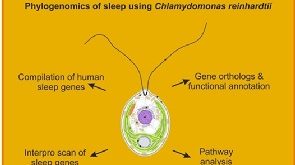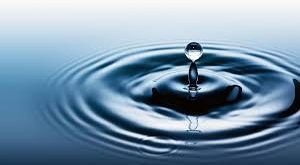Many people tend to use the terms ‘sea’ and ‘ocean’ interchangeably. The general perception is that oceans are larger and seas are smaller. So, is that the only difference between sea and ocean? Well, the size thing may be true, but it is not the only difference between sea and ocean. There are various other factors that differentiate a sea from an ocean. For better understanding, here’s a quick look at some of the key differences between sea and ocean.
Size – Oceans have a much larger area as compared to seas. For example, the largest ocean is the Pacific Ocean, which covers an area of more than 60 million square miles. The other oceans by surface area are Atlantic Ocean, Indian Ocean, Southern Ocean and Arctic Ocean. The smallest ocean (Arctic) has surface area of more than 5 million square miles. In comparison, most seas have less surface area. For example, Mediterranean Sea covers an area of 970,000 square miles. However, there are some exceptions like Philippine Sea that has an area of more than 2.1 million square miles.
Proximity to land – Seas are water bodies that are partially landlocked. Some are even fully landlocked such as Caspian Sea. In comparison, oceans are endless stretches of water. They are not necessarily located near the shoreline.
Depth – Oceans are usually deeper than seas, although there can be some exceptions. The average ocean depth is around 12,100 feet (3,688 meters). The deepest measured depth is referred to as Challenger Deep, which is located in Pacific Ocean. It is around 36,200 ft. (11,030 meters) deep. Talking about seas, the deepest is the Caribbean Sea. Its deepest point is around 25,217 ft. (7,686 m).
Marine life – As seas are shallower and close to the land, they are teeming with life forms. With less depth, seas allow more sunlight to penetrate the surface. This naturally promotes growth of a wide variety of flora. This provides the basic food that supports various marine life such as fish and invertebrates. In comparison, marine life in oceans is relatively less dense. Lack of sunlight means there’s fewer living beings in the deepest parts of the oceans. Most of the marine life in oceans is concentrated on the upper parts. These include a wide variety of bacteria, shrimp and microscopic planktons.
Color – Due to their varying depth, water content and type of seabed, seas usually have their own unique color. Seas also receive water from rivers, which may influence their color. In comparison, oceans are largely blue due to their high depth.
 Newspatrolling.com News cum Content Syndication Portal Online
Newspatrolling.com News cum Content Syndication Portal Online






